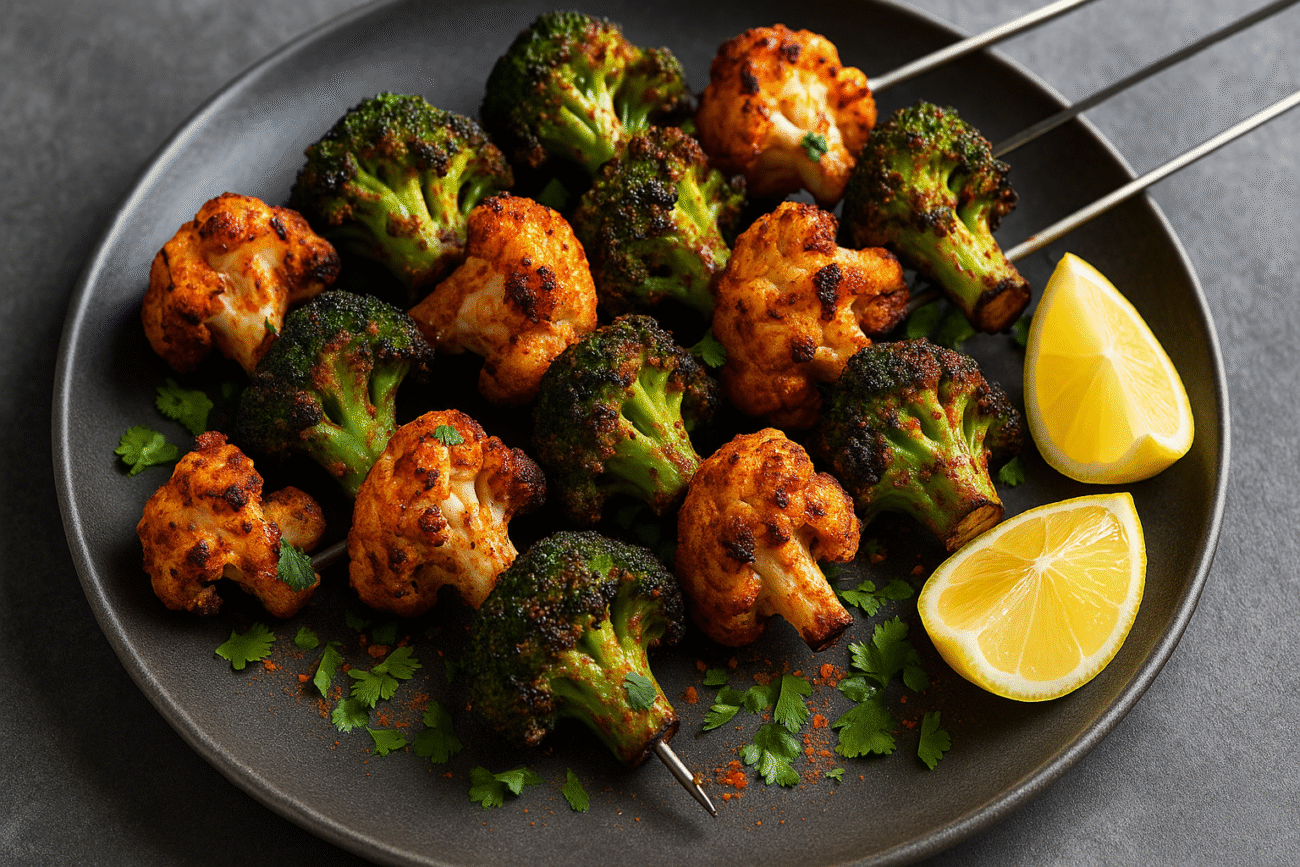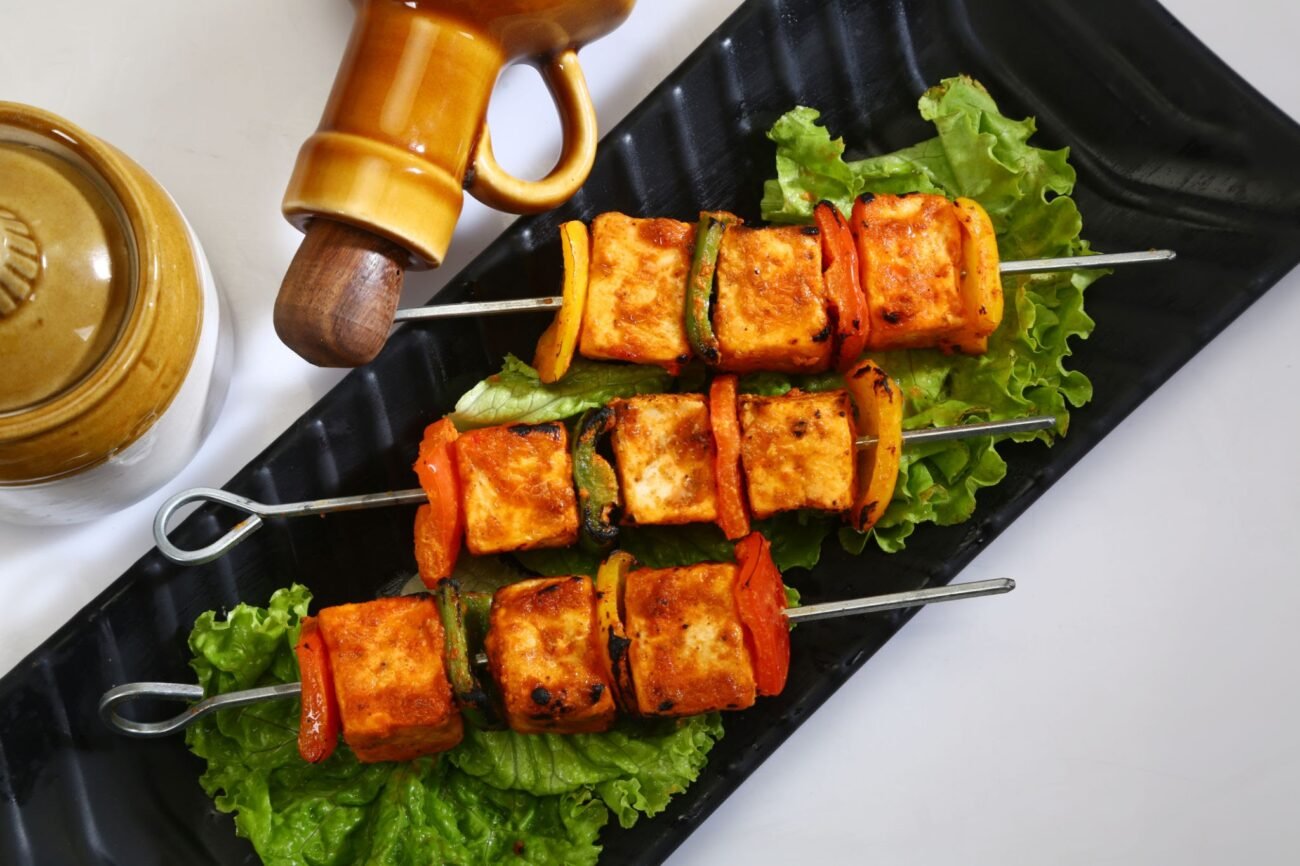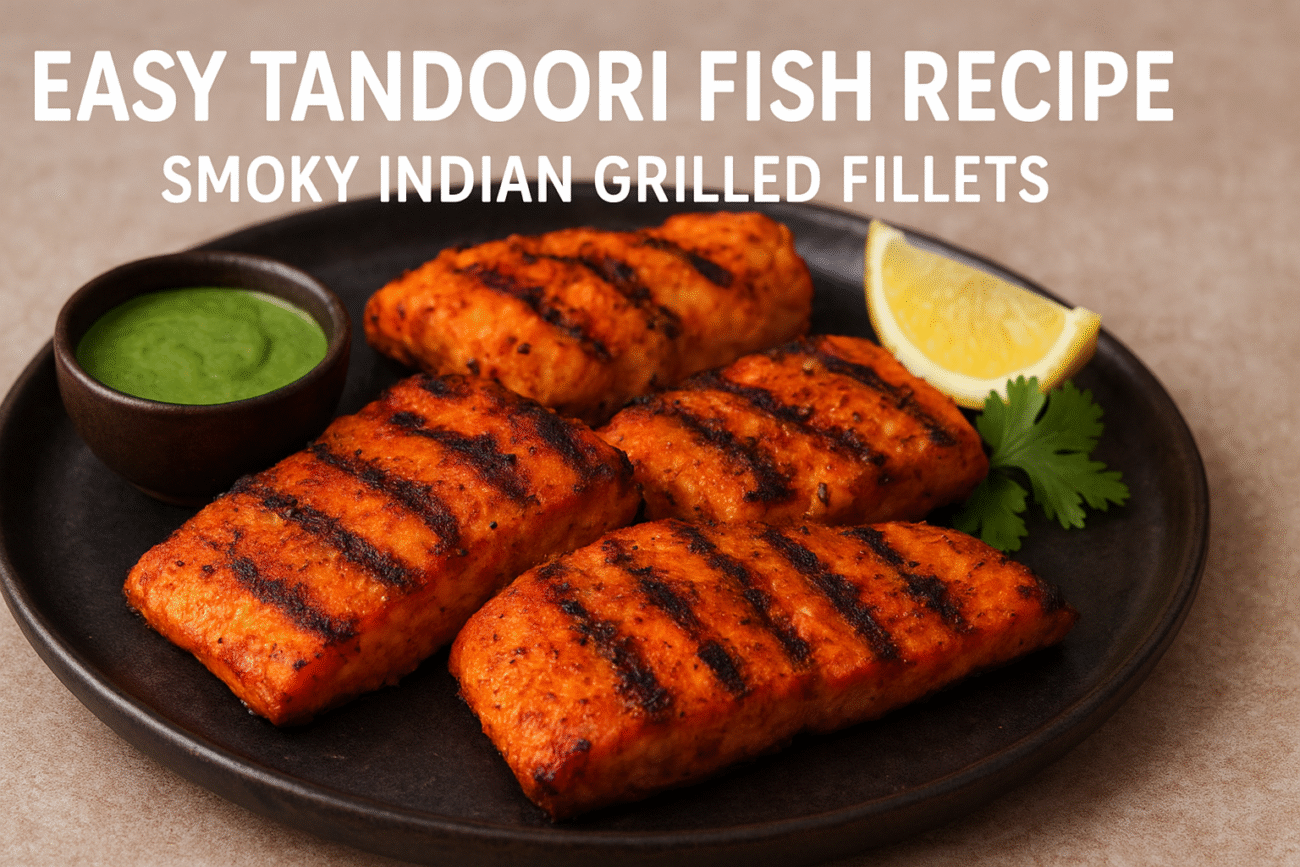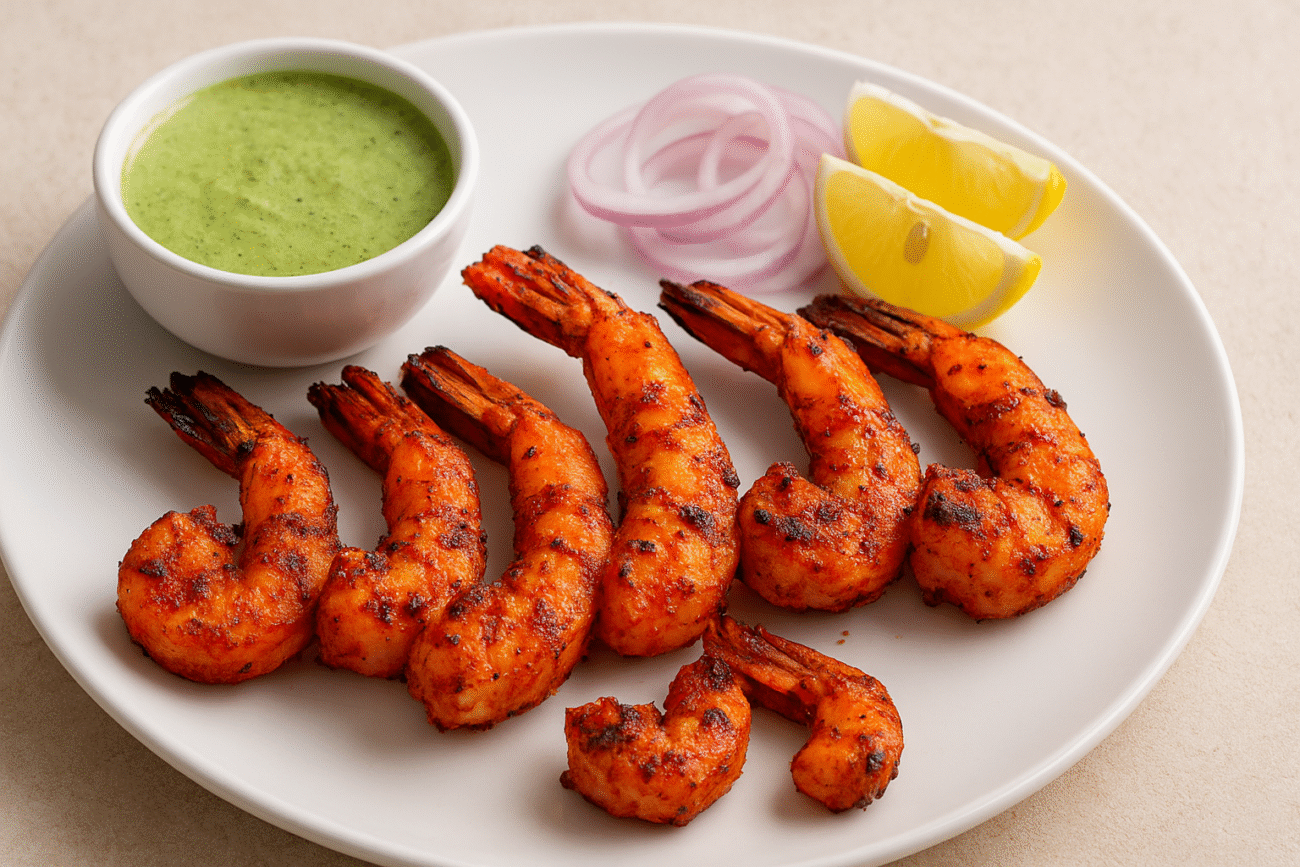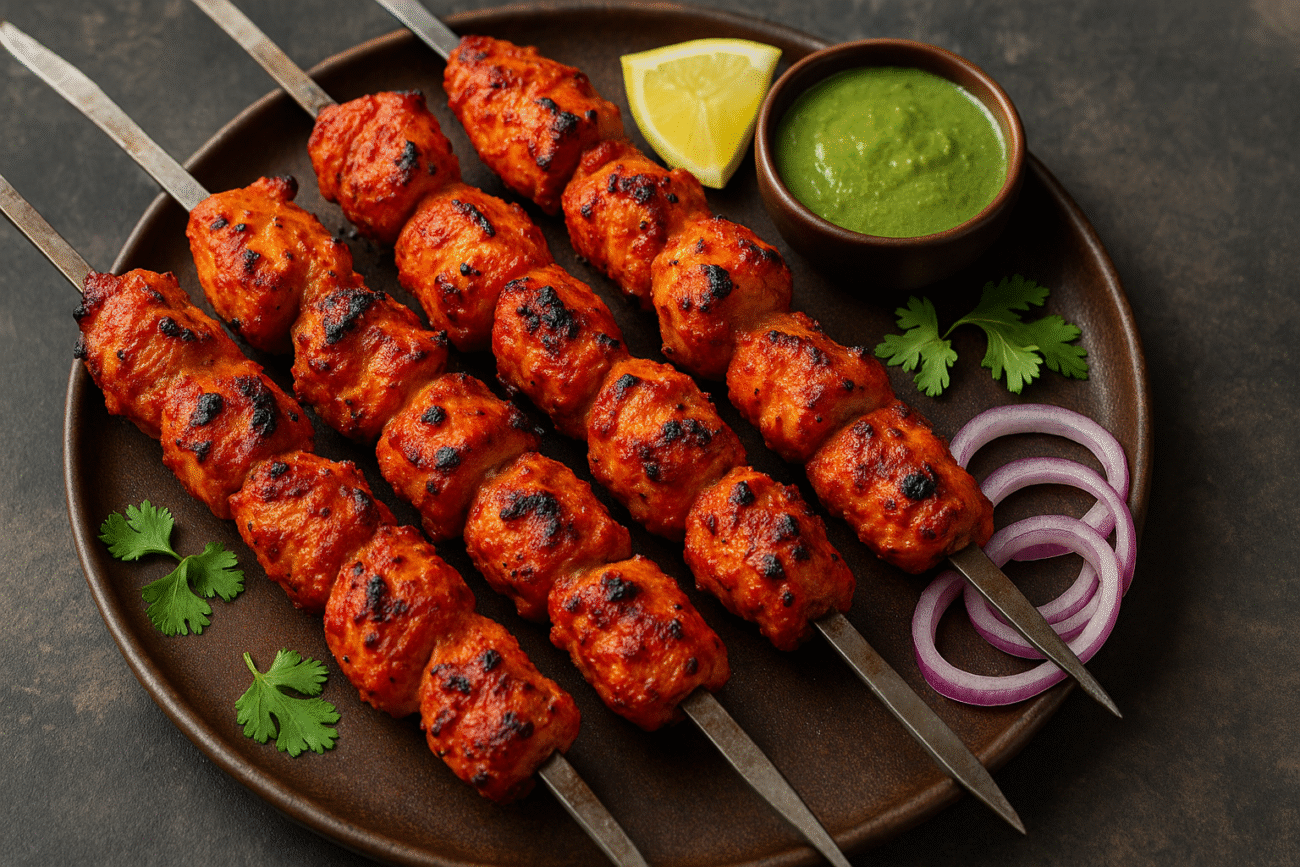
Tandoor vs. Conventional Grill: Discover the Flavors and Experience the Difference
In the Western world, barbecues and grilling are synonymous with summer fun, relaxation, and delicious food. It’s a beloved tradition, whether it’s a backyard gathering or a big cook-off competition. Barbecue isn’t just for the summer; people enjoy it at sports events, holiday weekends, and even throughout the year.
For many in Asia, however, barbecue often means cooking with a tandoor. This traditional South Asian cooking method adds a unique smoky flavor and seals in the natural juices of the food. While some people grill tandoori marinated dishes on a regular grill, true food enthusiasts and cooking experts know that an authentic tandoor brings out the best flavors. This brings us to the question: which is better for you? Let’s explore the tandoor and the conventional grill to find out!
What is a Tandoor?
Picture a traditional clay oven, glowing with fiery heat and releasing irresistible aromas. That’s the tandoor. This ancient cooking tool, common in Indian, Pakistani, and Middle Eastern cuisine, has been used for centuries. It delivers a distinct smoky flavor and juicy texture that’s hard to beat. Let’s take a closer look at what makes the tandoor so special.
Intense Heat
The tandoor can reach very high temperatures, usually between 400°C to 500°C (about 750°F to 930°F). The heat in a tandoor is much higher than what a conventional grill can achieve. This intense heat cooks food quickly, giving it a beautiful char on the outside while keeping the inside tender and juicy. The smoky flavor comes from the juices dripping onto the burning charcoal or wood, creating a flavor that wraps around the food.
Unique Cooking Style
When cooking in a tandoor, food is usually skewered or placed directly on the oven’s hot clay walls. The design of the tandoor traps the heat inside, cooking the food from all directions. The skewers are positioned vertically, allowing the food to cook evenly. The outer layer of the meat or bread gets seared while the inside stays moist, resulting in a tender and flavorful dish.
Signature Dishes
The tandoor is famous for dishes like tandoori chicken, naan bread, and various kebabs. The intense heat creates a smoky, charred flavor that gives these foods a unique taste that’s difficult to replicate with other cooking methods. The tandoor also adds a slightly earthy flavor from the clay walls, giving these dishes an authentic touch.
The Cooking Experience
Cooking with a tandoor is more than just preparing food—it’s an experience. The flickering flames, the warm glow, and the anticipation of delicious food make it an exciting way to cook. It adds an element of adventure and artistry to cooking, perfect for those who love to connect with traditional methods and enjoy the process as much as the result.
The Classic Conventional Grill
Conventional grills, on the other hand, are easily available and provide a range of cooking options. While they may not reach the intense heat of a tandoor, they still offer a fantastic way to cook delicious meals. Here’s what you should know about grilling.
Adjustable Heat
Unlike a tandoor, a grill allows you to control the temperature more easily. With a grill, you can change the heat by raising or lowering the grates or setting up different heat zones for direct and indirect cooking. This versatility makes it possible to use different techniques, like slow cooking, searing, or smoking, to achieve different results.
Smoky Flavors
Like the tandoor, grilling adds a smoky flavor to the food. The smoke comes from the juices dripping onto the flames, just like in a tandoor. Using charcoal or adding wood chips can further enhance the smoky taste. While it may not be as intense as the flavor from a tandoor, it still gives grilled food a distinctive taste.
Variety of Dishes
Grills are incredibly versatile, allowing you to cook a wide range of foods. From burgers and steaks to seafood and vegetables, a conventional grill can handle almost any dish. You can even experiment with different marinades, sauces, and seasonings to add depth and variety to your meals.
Social Cooking Experience
Grilling is often a social activity, bringing people together around the sizzling food. Whether it’s a summer barbecue with friends or a family gathering, the sound of laughter and the smell of food cooking on the grill create a joyful atmosphere. This aspect of grilling makes it a fun and social way to prepare meals.
Differences Between Tandoor and Conventional Grill
While both the tandoor and the grill are great for cooking, they offer different experiences and results. Here’s how they compare:
1. Cooking Temperature
-
- Tandoor: The tandoor reaches extremely high temperatures, up to 500°C (930°F), which allows for quick cooking. The high heat sears the outside of the food, locking in the juices and creating a charred texture.
-
- Grill: Conventional grills, whether charcoal, gas, or electric, typically reach temperatures of around 200°C to 300°C (400°F to 600°F). This makes grilling slower compared to a tandoor, which might be preferred for foods that need slow cooking to become tender, like ribs.
2. Cooking Style
-
- Tandoor: Food is either skewered or stuck to the inner walls of the oven, cooking evenly from all sides due to the cylindrical shape of the tandoor. The trapped heat cooks the food quickly, providing a unique, smoky flavor that penetrates deeply.
-
- Grill: Food is placed on top of the grill grate, and cooking is done mostly from the bottom up. Turning or flipping the food is necessary to cook it evenly. The flavor mainly comes from the drippings hitting the flames and creating smoke, but it doesn’t surround the food as it does in a tandoor.
3. Moisture Retention
-
- Tandoor: The design and cooking method of a tandoor help seal in the moisture, keeping the food juicy. The quick cooking at high heat prevents the food from drying out.
-
- Grill: Since the food is exposed to direct heat, there’s a higher chance of losing moisture, especially if it’s overcooked. It requires more attention to ensure the food stays juicy.
4. Versatility in Cooking
-
- Tandoor: While the tandoor is famous for dishes like naan, tandoori chicken, and kebabs, it’s more limited in terms of cooking techniques. It’s best suited for roasting and baking rather than slow cooking or smoking.
-
- Grill: A grill offers a wide range of cooking methods, including direct grilling, indirect grilling, smoking, and even baking. You can grill burgers, sear steaks, slow-cook ribs, and even roast whole chickens.
5. Flavor Profile
-
- Tandoor: The smoky flavor from a tandoor is distinct and more intense, partly due to the juices hitting the burning charcoal or wood at the bottom and the slightly earthy taste from the clay walls.
-
- Grill: The smoky flavor from a grill is less intense compared to a tandoor. However, using different types of wood chips or charcoal can help enhance the smoky flavor.
6. Ease of Use
-
- Tandoor: Cooking with a tandoor requires some practice, especially when it comes to managing the high heat and positioning the food. The traditional clay oven is also less portable and more challenging to clean compared to grills.
-
- Grill: Grills are generally easier to use, with adjustable heat controls and simple setups. Many modern grills come with features that make cooking and cleaning easier, like ash catchers or temperature gauges.
Why Choose a Tandoor?
Choosing a tandoor means embracing a traditional cooking style that’s deeply rooted in South Asian and Middle Eastern culture. Here are some reasons why a tandoor might be the perfect choice for you:
-
- Authentic Flavor: If you want the true taste of tandoori dishes, a tandoor is unmatched. The smoky, charred flavor and the juicy texture can’t be fully replicated with other cooking methods.
-
- Quick Cooking: The high temperatures make cooking faster, perfect for busy people who still want delicious, homemade meals.
-
- Unique Cooking Experience: Using a tandoor adds an element of excitement and adventure to cooking. It connects you with a centuries-old tradition and transforms cooking into an art.
Why Choose a Conventional Grill?
A grill is a versatile tool that’s ideal for those who enjoy a variety of cooking techniques and social cooking experiences. Here’s why you might prefer a grill:
-
- Wide Range of Cooking Styles: With a grill, you can slow-cook, sear, roast, or smoke your food, offering more flexibility.
-
- Ease of Use: Grills are straightforward to operate, and there are plenty of features to help you control the cooking process.
-
- Social Aspect: Grilling is often a social event that brings people together, making it perfect for gatherings and celebrations.
How to Get the Best Out of Your Tandoor or Grill
No matter which cooking method you choose, you can make the most out of it with these tips:
For the Tandoor:
-
- Preheat Properly: Always heat your tandoor thoroughly before cooking to get the right temperature and ensure even cooking.
-
- Use the Right Skewers: Choose skewers that are suitable for the type of food you’re cooking. Thin skewers are great for vegetables, while thicker ones work well for meats.
-
- Don’t Overcrowd the Tandoor: Give each piece enough space so the heat can circulate properly.
For the Grill:
-
- Control the Heat Zones: Create different heat zones by setting up direct and indirect cooking areas.
-
- Use a Meat Thermometer: This helps ensure your meat is cooked to the desired doneness without drying out.
-
- Experiment with Different Flavors: Try using different types of wood chips, marinades, and rubs to add variety to your grilled dishes.
Embrace the Tradition of Tandoor Cooking
The tandoor is more than just a cooking tool; it’s a piece of history. By cooking with a tandoor, you are continuing a tradition that has been passed down for generations. The flavors, the aromas, and the cooking process are all part of what makes using a tandoor so special. Whether you’re making classic tandoori chicken, flavorful kebabs, or fresh naan bread, the tandoor connects you to a timeless culinary heritage.
The Choice is Yours: Tandoor or Grill?
Deciding between a tandoor and a conventional grill comes down to what kind of cooking experience you want and the flavors you’re after. If you crave the bold, smoky taste of traditional South Asian cuisine, then the tandoor is the way to go. For those who enjoy experimenting with various cooking techniques and hosting social cookouts, a grill might be the better choice. Whichever you choose, embrace the process and enjoy the journey. The art of cooking is about more than just the food—it’s about the experiences, the memories, and the joy of sharing a delicious meal. So, fire up your tandoor or grill, and start your culinary adventure. Happy cooking!
Need Help? Order and Technical Support
Have questions or ready to place an order? Reach out to us via phone at +1(727) 251 6924 or email us at info@tandoormorni.com.
Need detailed instructions? Explore the Operation Manual for our CH & CS models to get started with your Tandoor oven today.
About Tandoor Morni
Tandoor Morni, in business since 1992, is a trusted name in premium Tandoori Clay Ovens, known for crafting high-quality traditional and commercial tandoors. With a commitment to excellence, Tandoor Morni offers a wide range of tandoors, including commercial, residential, catering, and copper models. Our tandoors are built with durable materials and designed for efficient heat distribution, ensuring authentic flavors and fast cooking. Each oven features customizable options like gas, wood fire, or charcoal compatibility, making them suitable for various cooking needs.
Common Queries – FAQ’S
Can I use a tandoor Indoors?
Yes, certain tandoor models are designed for residential use, including compact, home-friendly versions. However, using a tandoor indoors requires proper ventilation and adherence to safety precautions to manage high heat and potential smoke. Always consult the manufacturer’s guidelines to ensure safe indoor use. For best results, they are often used in well-ventilated spaces or outdoors.
Are Tandoor-Cooked Foods Healthy?
Yes, tandoor-cooked foods are often considered healthy because they typically require little to no oil. The high cooking temperatures allow the food to cook quickly, preserving nutrients while reducing the need for additional fats. Additionally, the vertical cooking method allows excess fats to drip away, resulting in leaner dishes.
What Types of Fuel Can Be Used in a Tandoor?
Tandoors can be heated using charcoal, wood, natural gas or propane. Charcoal and wood provide an authentic smoky flavor, while natural gas or propane is more convenient and easier to control. The choice of fuel often depends on the specific cooking requirements and local regulations, especially in commercial settings.
How Does a Tandoor Oven Differ from a Conventional Oven?
Unlike conventional ovens, which use electric or gas heat, a tandoor is made from clay and uses charcoal, wood, or gas to heat the walls. The cylindrical shape and porous clay walls create an environment where heat circulates evenly, cooking food quickly while adding a smoky flavor. Conventional ovens, in contrast, lack the intense heat and unique cooking technique of a tandoor.
How Much Maintenance Does a Gas Tandoor Require?
Gas Tandoor needs regular maintenance, though less than Charcoal Tandoor models. Here’s a breakdown:
- Daily Maintenance: Wipe down the inner chamber and clean the burner.
- Weekly Maintenance: Check the burner and gas line for any blockages or leaks.
- Monthly Maintenance: Deep clean the gas pipes, burners, and inner chamber.
- Quarterly Maintenance: Have a professional inspect the gas connections and burners.
- Annual Maintenance: Perform a full inspection and reapply clay lining if needed.
Avoid exposing the tandoor to excessive water, and gradually increase heat to prevent cracks.
How Can I Make a Payment for My Tandoor Order?
You can pay for your tandoor order through our website by placing an online order using the available payment options. If you prefer to place an order over the phone, we accept payment via Zelle for a quick and secure transaction.
Which Tandoor Oven Size Should I Choose?
- For Home Use: Consider the number of family members or guests you typically serve. A mini tandoor is ideal for smaller gatherings.( Suggested Product: R26 )
- For Restaurants: Measure the entrance to ensure the oven fits through the door. Select a size based on available space and cooking needs. (Suggested Product: CH02)
- For Naan Bread: Opt for an oven with a smaller mouth opening, resulting in a more egg-shaped clay pot, perfect for naan preparation. For larger meat portions, choose a bigger oven to maintain heat longer. (Suggested Product: CH04)
- For Catering: A Clay Tandoor Oven is suitable for catering due to its lightweight and easy transport features. (Suggested Product: CS01)
- For Banquet Halls: A larger oven with a spacious clay pot is ideal for preparing multiple dishes quickly during big events. (Suggested Product: CH06)
- For Open Kitchens or Outdoor Patios: Choose a model with a decorative finish, such as a copper tandoor, to enhance the kitchen’s appearance with a touch of elegance. (Visit Our Copper Tandoor).
What Should You Consider When Installing a Restaurant Clay Oven?
- When installing a tandoor in your restaurant kitchen, consider the following:
- Space and Placement: Ensure there is enough clearance around the tandoor for ventilation and safety, with fireproof or heat-resistant flooring.
- Ventilation and Exhaust: Proper ventilation is essential to handle heat and smoke, especially with charcoal tandoors.
- Safety Measures: Use heat-resistant barriers if the tandoor is near other equipment, and keep fire safety equipment like extinguishers handy.
- Fuel Supply: Decide between charcoal, which offers traditional flavors, and gas, which is easier to manage.
By keeping these points in mind, you can ensure a safe and efficient tandoor setup. If you're looking for a Restaurant Clay Oven for Sale, make sure to choose a model that fits your kitchen's requirements and meets all necessary safety standards.
- Menu Considerations: Larger tandoors or multiple units may be needed if you have a diverse menu or high demand during peak hours.
- Maintenance and Cleaning: Clean the tandoor daily and monitor for any wear or damage to the clay or gas parts.
- Compliance with Regulations: Ensure your installation meets local safety standards and health codes.
- Staff Training: Train staff in safe tandoor operation and fire safety protocols.


